Commuter Bike Buying Guide
Choosing the right commuter bike is a daunting task; after all, you don’t want to pick a bike that’s too slow and won’t get you to work on time. The key to choosing the right bike is finding one that’s both speedy and comfortable to ride, not to mention practical for the kind of riding you’re planning on doing.
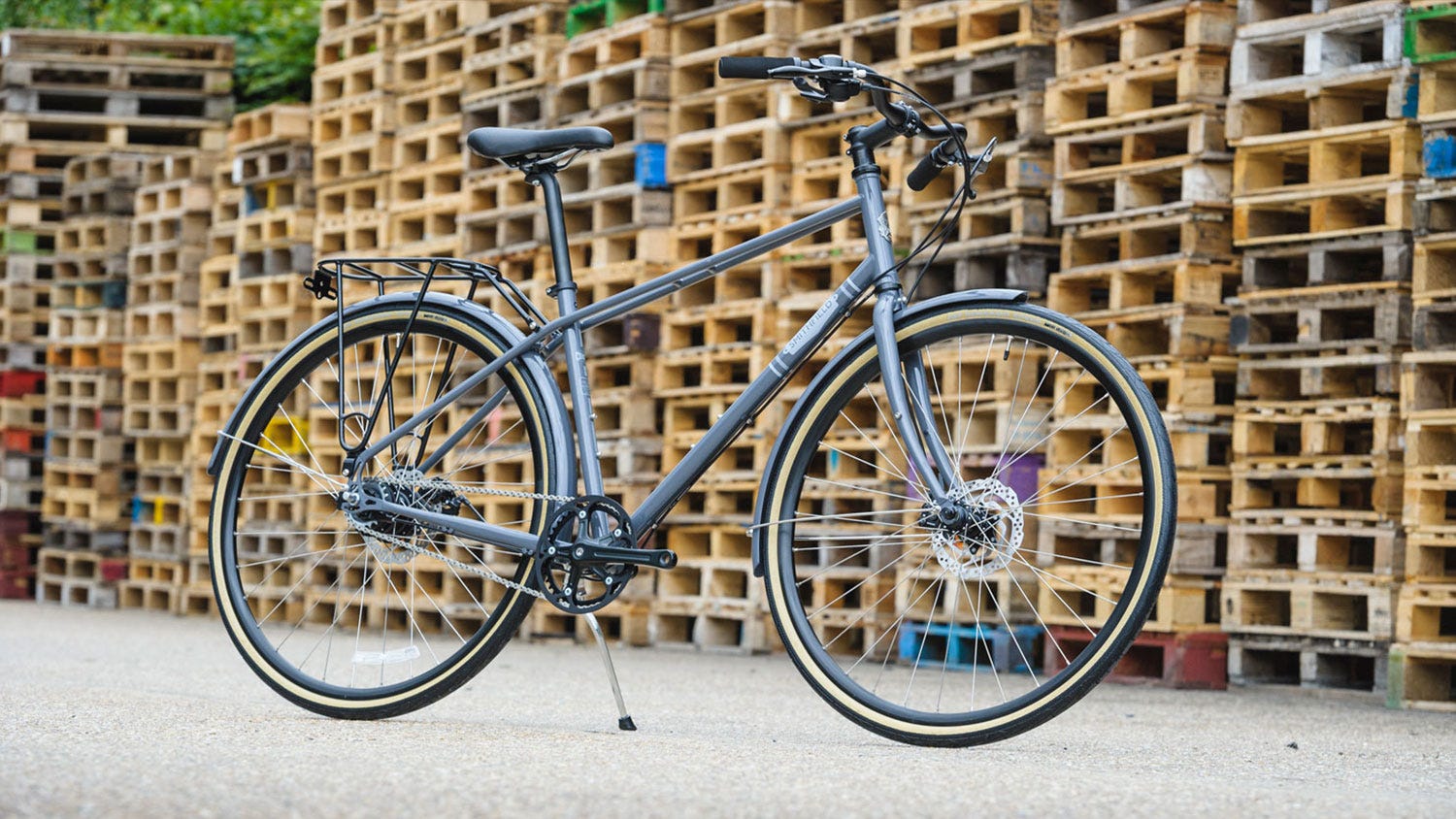
With so many different models on the market finding a bike that hits all these three things can often feel nigh on impossible. Fear not, for we’ve put together this extensive buyer’s guide to help you find that perfect commuter bike – one that’ll ferry you to and from work both speedily and comfortably. From single-speeds to kitted out city bikes, we’ve got it all covered right here, making sure you find the perfect bike for your daily commute…
The Best Bike For Commuting
The best bike for commuting to and from work is incredibly subjective – not only does it rely upon the distance of your commute, the terrain and the weather, but also your taste in bikes.
Many of us will already be experienced riders and may even already own a couple of bikes ourselves, which begs the question: why do we need a dedicated commuter bike? The answer is actually quite simple.
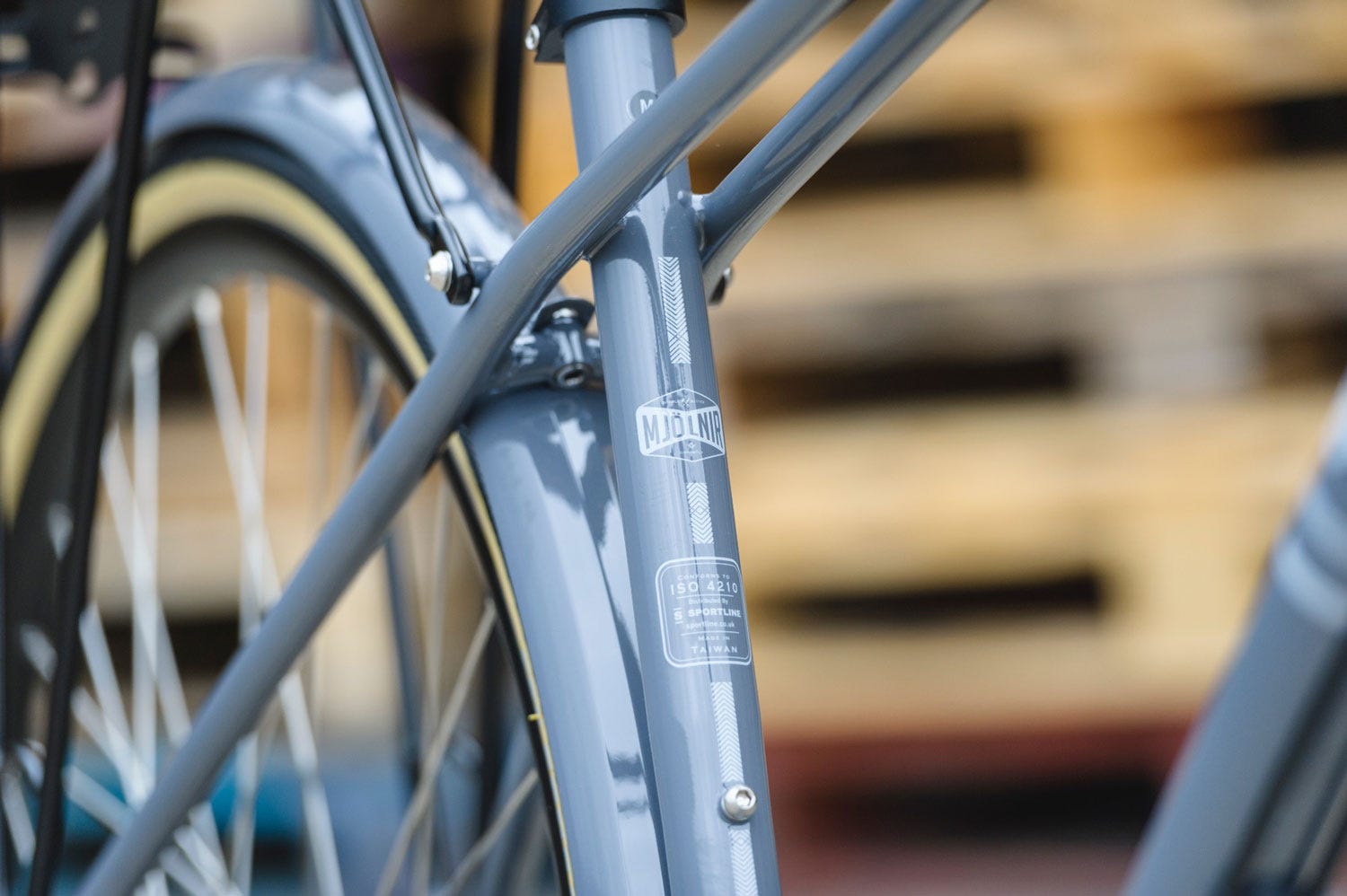
Commuter bikes tend to be significantly cheaper than their more finely-tuned counterparts, like high-end road bikes and full-suspension mountain bikes. They also offer a much more comfortable riding position and, overall, require a lot less maintenance to keep them running.
But surely adding a commuter to our burgeoning fleet of bikes is only going to increase the financial burden? Not necessarily. Having a dedicated commuter bike means that you can keep your prized two-wheeled machine safely locked up midweek, keeping it clean and in full working order, ready for you to hop on it at the weekend. If you ride your high-end bike every day, to and from work, you’re going to rack up one massive maintenance bill at the end of every month – not just on cleaning supplies, but on spare parts too.
A dedicated commuter bike is therefore the way to go, but with so many different types to choose from, how do you pick the one that’ll suit you best? Here are four of the best kinds of commuter bike, built specifically to tackle the urban jungle:
Hybrid Bikes
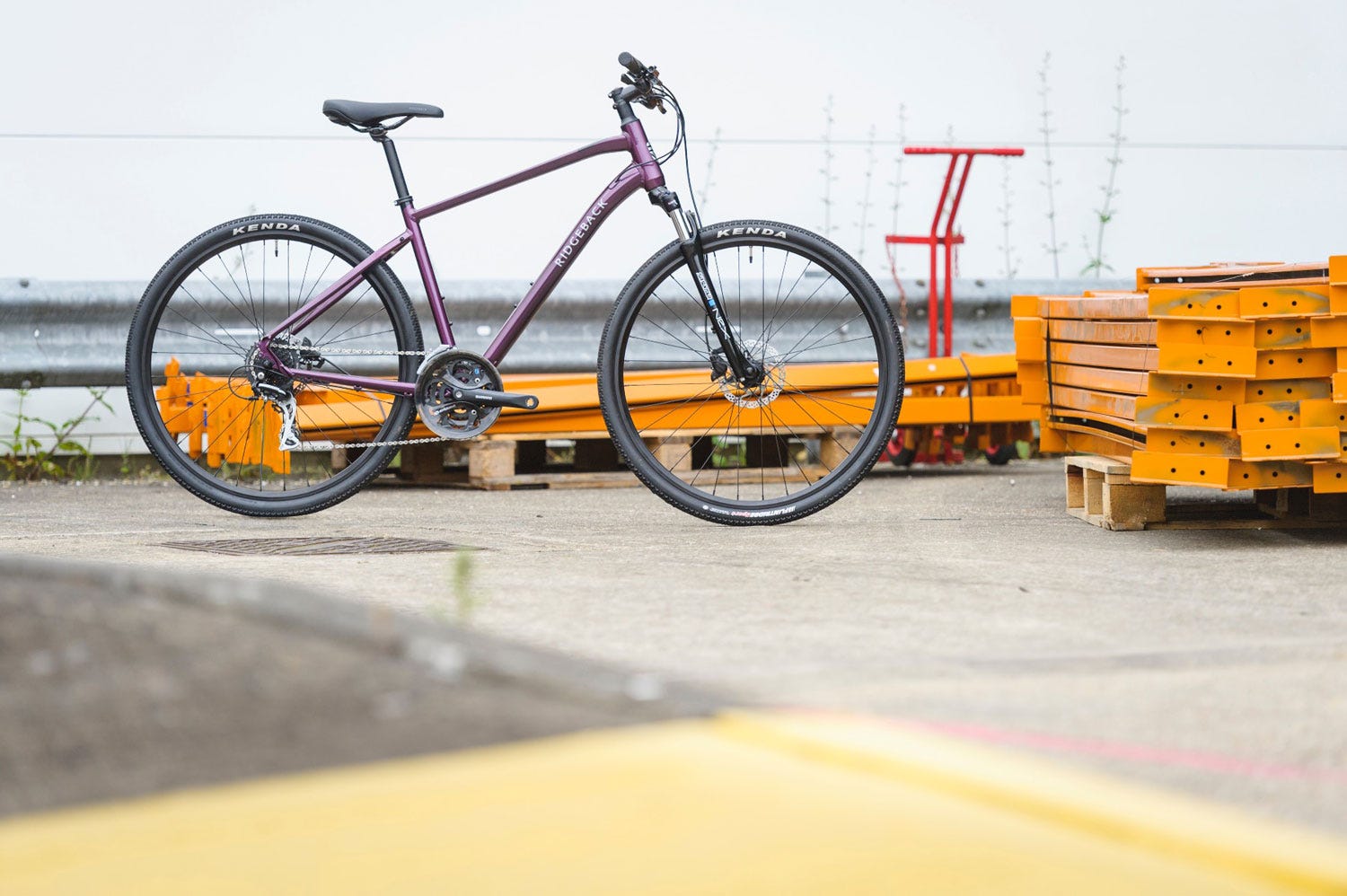
Hybrid bikes are fully-optimised for urban riding, able to take on everything the city can throw at them and keep on going. They’re called ‘hybrid’ bikes because they take the best parts from both road and mountain bikes and mash them together into one awesome-looking machine.
A hybrid bike incorporates the speed and lightness of a road bike, with the comfortable seating position, flat handlebars and front suspension systems of a mountain bike. With this eclectic mix of qualities, a hybrid bike can tackle almost any kind of terrain – perfect for when your commute takes a detour down a canal tow path or cobbled back street.
Single-Speed Bikes

Single-speed bikes are becoming increasingly popular in big cities, especially among the younger generation. These bikes only offer one gear, so you’re not going to be climbing any big hills or riding long distances into the countryside. What makes them a popular choice, however, is the hassle-free riding and close to zero maintenance associated with them.
With only two brakes to worry about, all you have to do is pedal and the bike will take care of the rest. These single-speed bikes are often built around traditional road geometry, making them quite aggressive in shape and therefore accustomed to picking up some high speeds.
Comfort Bikes
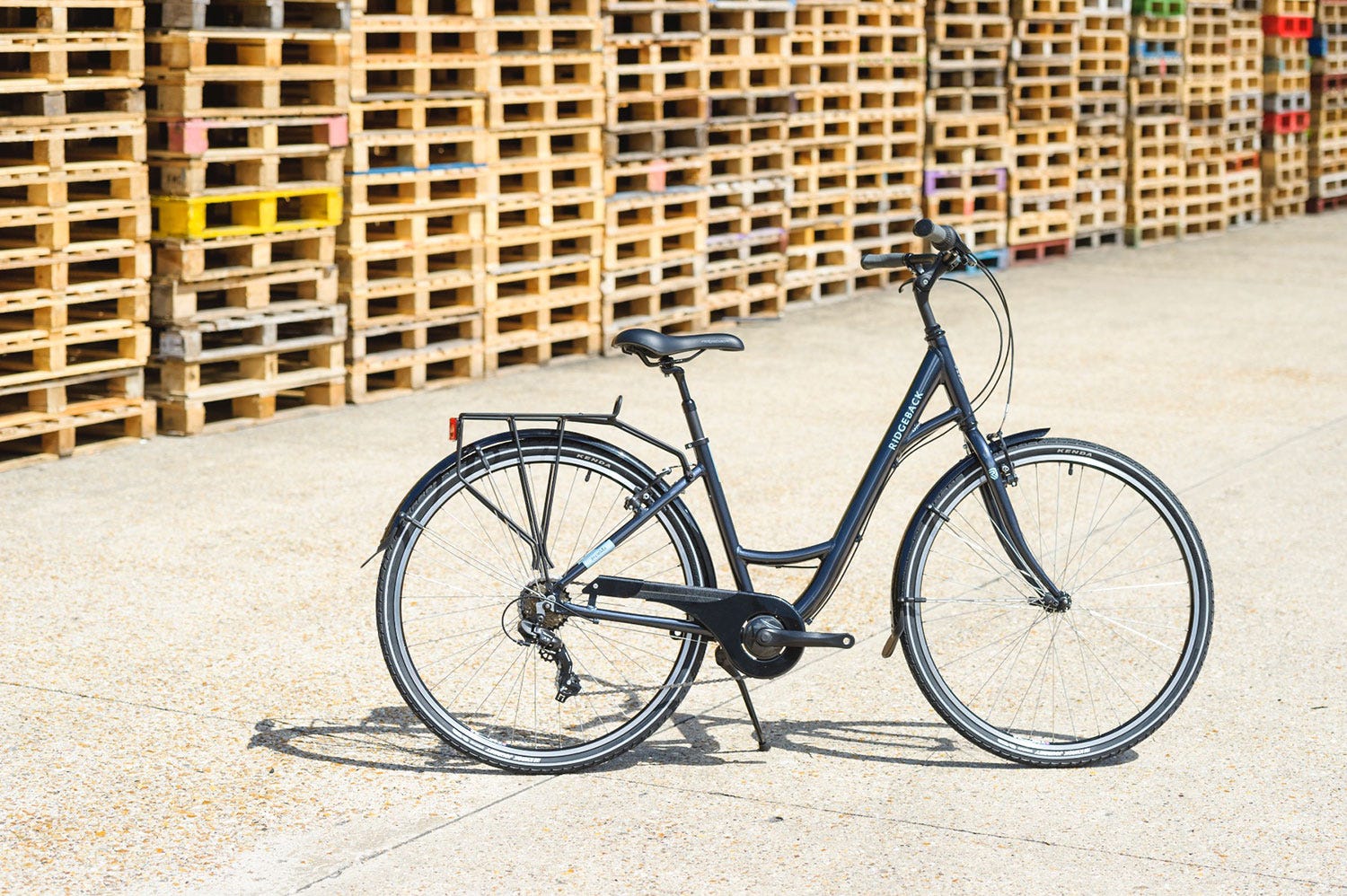
Comfort bikes are so-called because of their extremely comfortable geometry and plush touchpoints. They often feature a lowered top tube, allowing easy mounting and dismounting. Low saddle heights are also a key feature, as is a short reach. This allows you to adopt a more comfortable and upright position while riding, as well as giving you the ability to plant your feet flat on the ground once you’ve stopped.
These bikes are perfect for slow, comfortable commutes across quiet cycle paths and through large, open parks.
Adventure Bikes
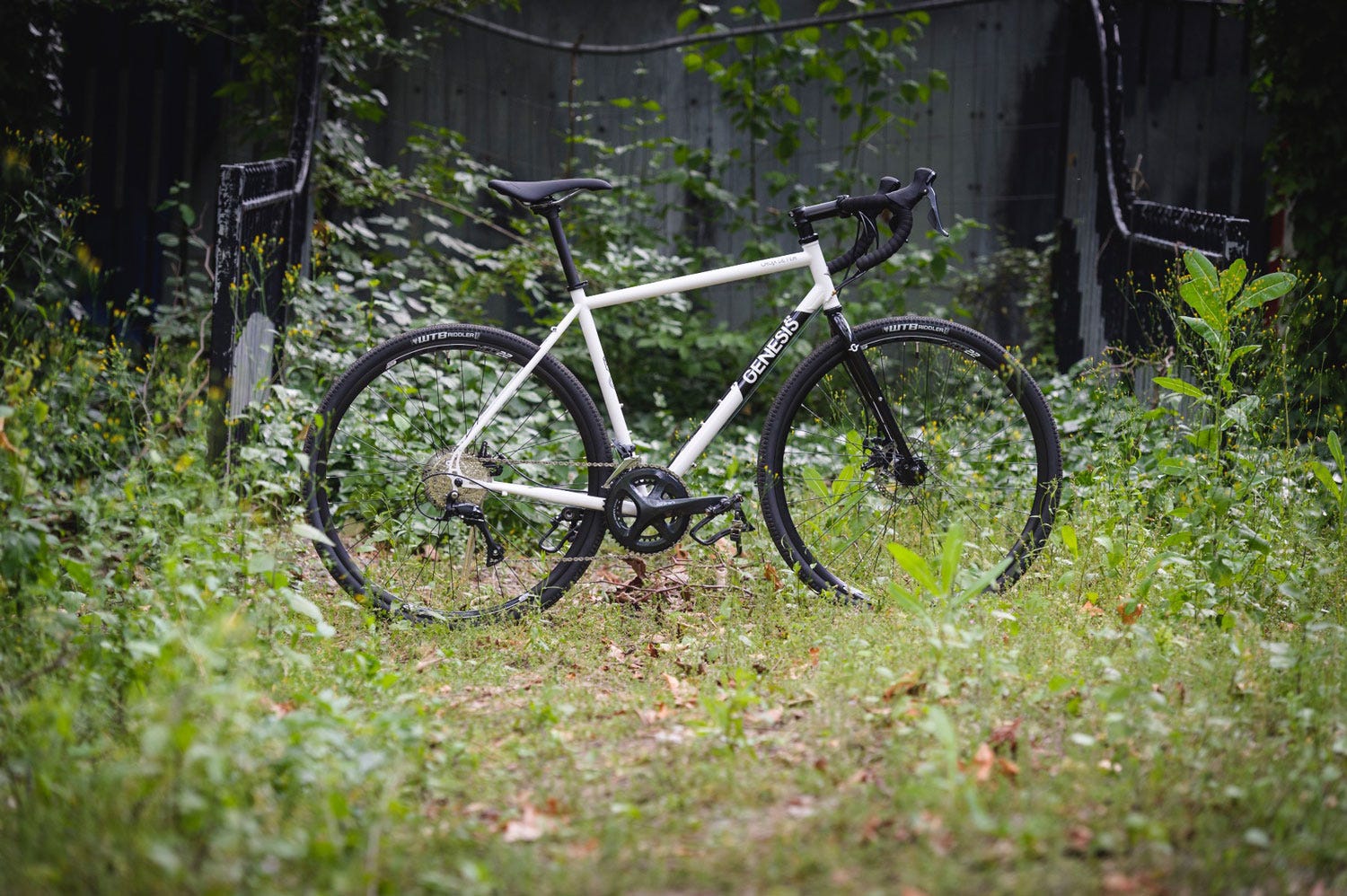
Adventure bikes are slowly infiltrating every cycling discipline, people using them on road rides, multi-day gravel adventures, at trail centres and even now on the commute. This is because of their rugged designs and innate ability to handle a huge variety of different terrains, from smooth tarmac to slick mud.
They’re also extremely fast and nimble, so really appeal to the weekend roadies that are looking for a dedicated commuter. Adventure bikes are often awash with eyelets, allowing you to fix a number of commuting essentials to your bike, such as mudguards, pannier racks and headlamps.
Frame Materials
When it comes to choosing a dedicated commuter bike, there’s one aspect that you should be looking for above all else – durability. A lot of a bike’s durability comes down to the materials that go into its frame. Here are some of the most common commuter bike frame materials:
- Steel
- Aluminium
- Titanium
Each material has its own pros and cons, all of which you should weigh up before making your final decision.
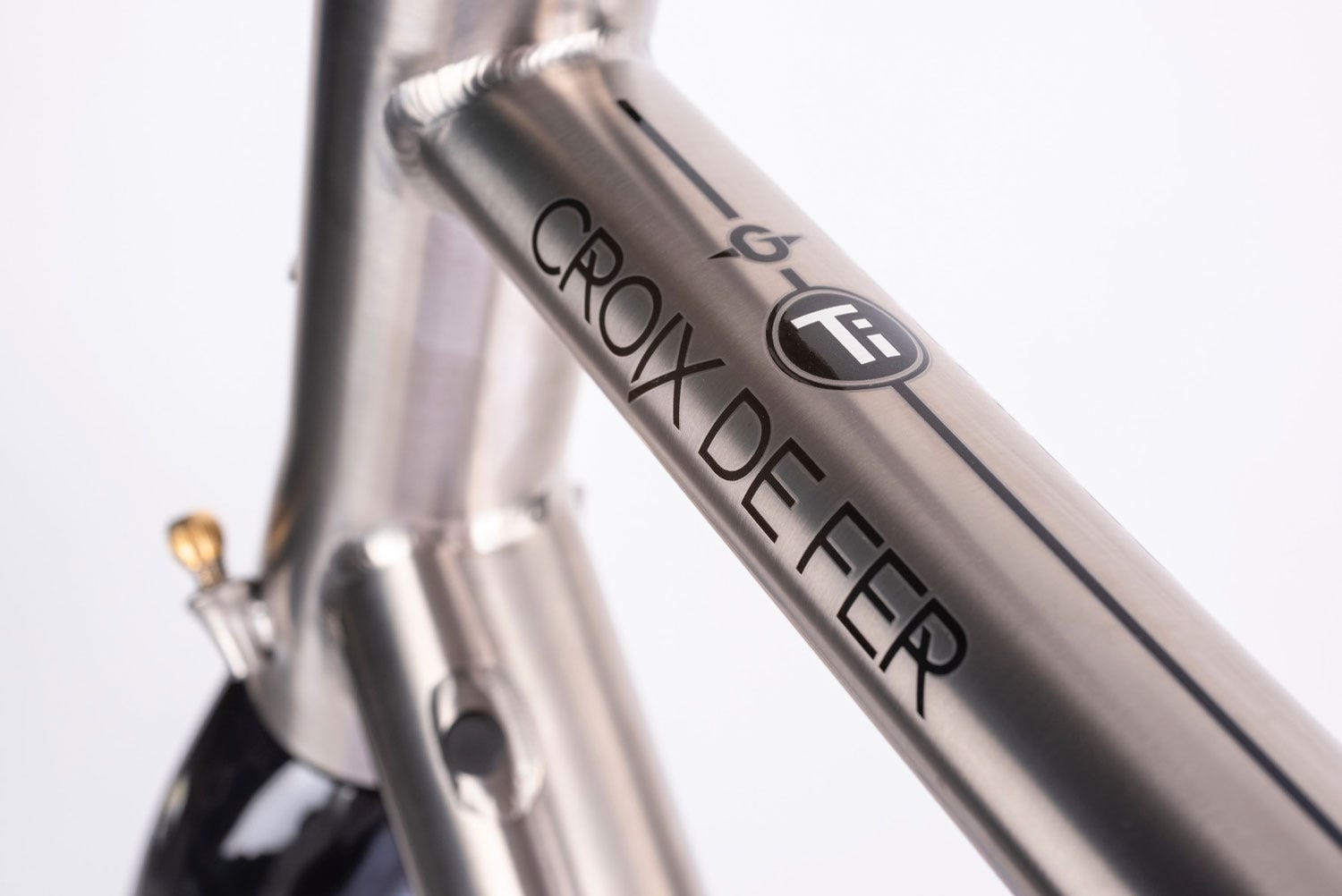
Steel frames are a popular choice among commuters, their innate compliance, strength and durability combining together to create a bike that is perfect for commuting. Steel is also incredibly simple to repair as any dents or bends in the frame can easily be hammered out.
Where steel falls down, slightly, is in the weight department. Steel is heavier than aluminium and titanium, which could inconvenience some people, not only if you’re planning on riding up steep hills, but also if you’re planning on lugging your bike on and off a train or up flights of stairs.
Aluminium is perhaps the most popular choice of frame material when it comes to commuter bikes; its stiff, lightweight and durable nature helping it come out on top. Thanks to its stiffness, aluminium can efficiently transfer a lot of power through the frame, making sure nearly every watt you push out is translated into forward speed.
One issue with aluminium is its shock absorption abilities. As a material, it’s not the most compliant and so a lot of the road buzz and chatter from below is translated right into the hands and arms of the rider up top. A lot of aluminium-framed bikes remedy this however with a degree of front suspension and plush, comfortable touchpoints.
Titanium is an extremely lightweight material and offers a similarly comfortable feel to that of steel. The material has an inherent flex, so it’s very good at absorbing surface vibrations, making for an incredibly smooth ride.
It’s the material of choice for bespoke, commuter bikes looking to stand out from the rest of the pack. It’s therefore, understandably, quite expensive – a real turnoff for those looking for a budget commuter.
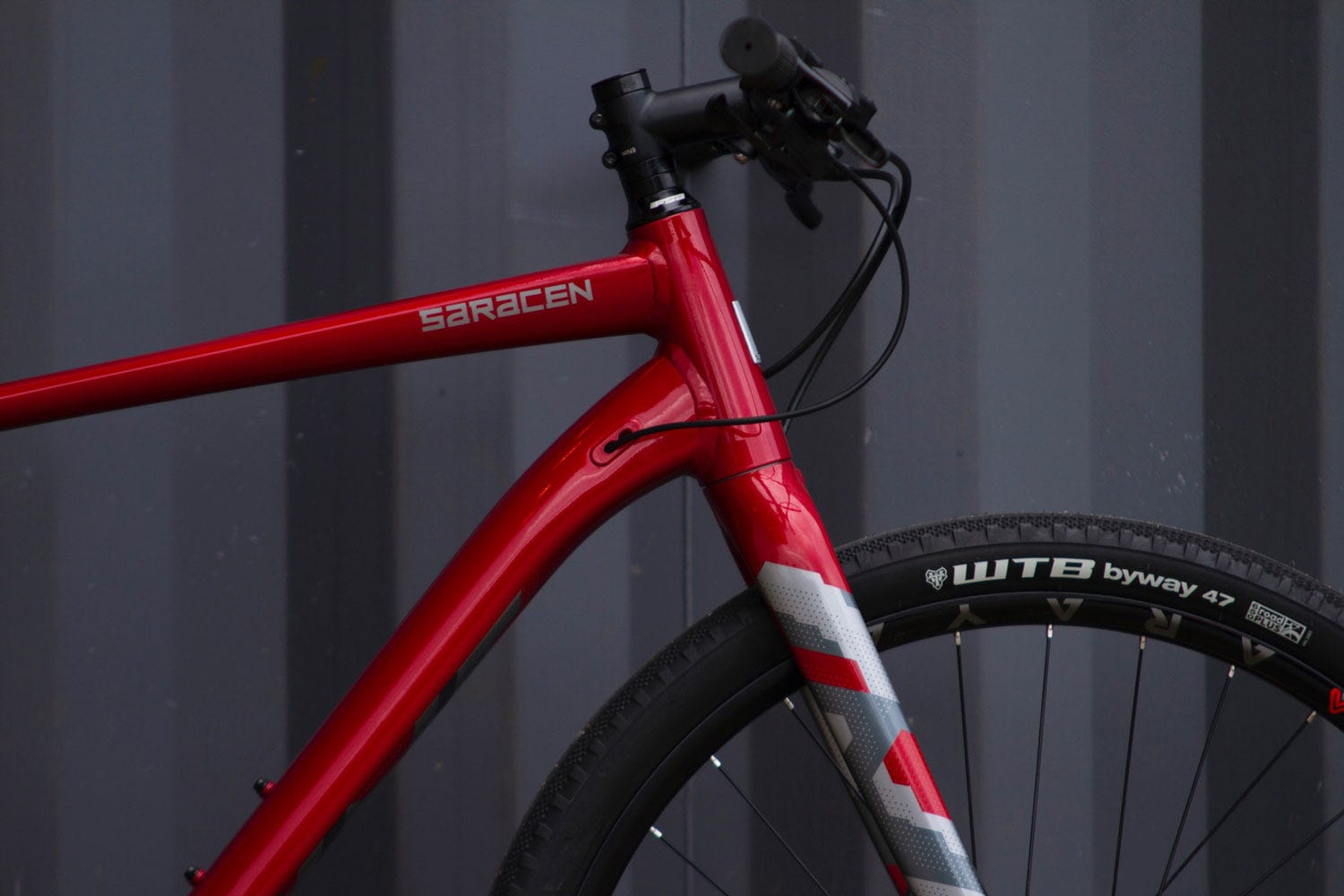
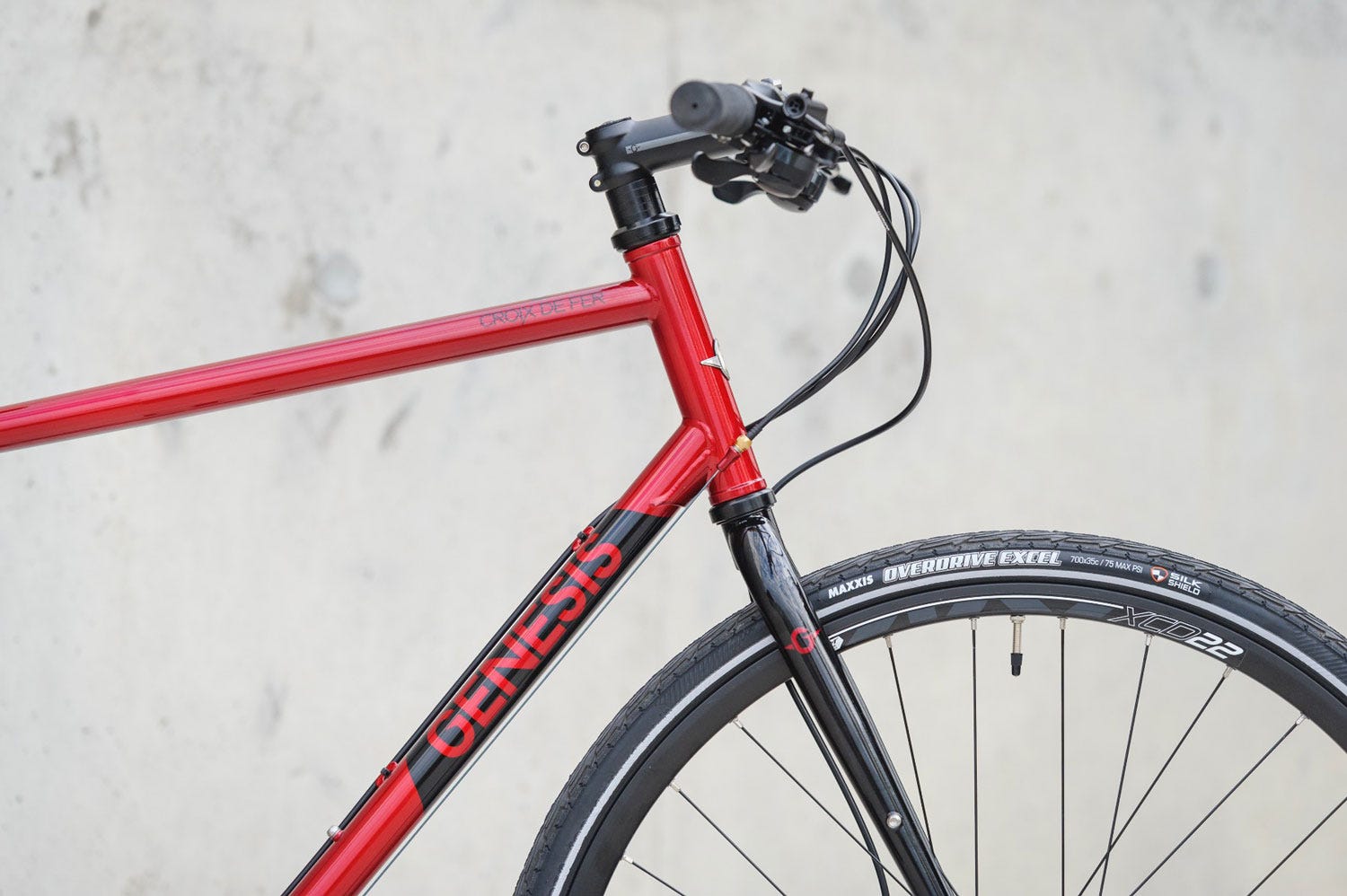
Finding The Perfect Size And Geometry
Finding a bike that fits you is crucially important, not only will it help you ride more comfortably, it’ll also help to deliver power to the pedals more efficiently. We have a rough size guide here to help make this an easy process.

Geometry is a little different to fit and something that you might just want to take into account before choosing a certain size. Different frame geometries can change the size somewhat, so make sure you familiarise yourself withthis example of one ofour geometry chartshere.
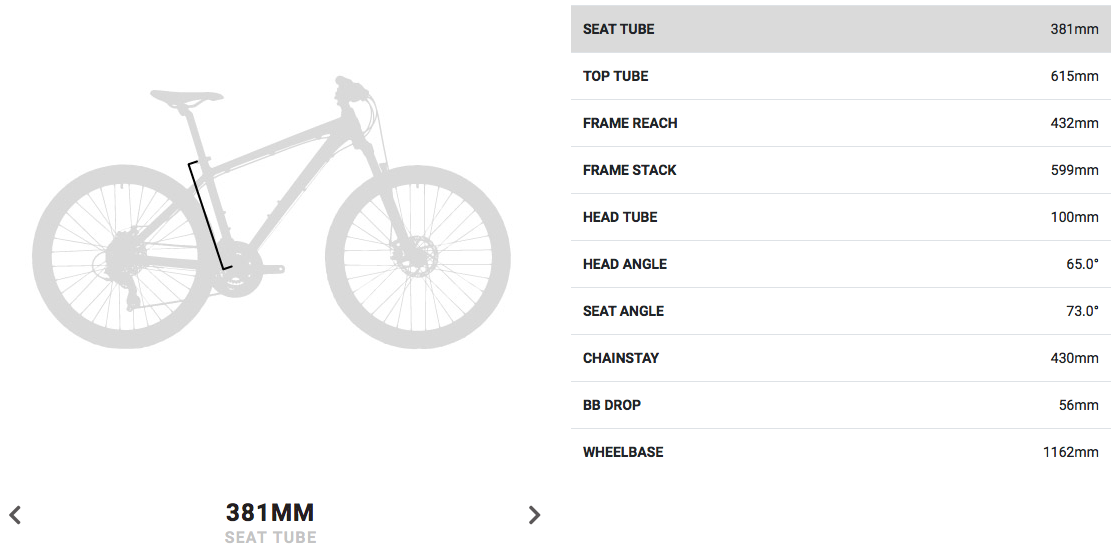
Commuting Essentials To Look Out For
A lot of commuter bikes come with built-in extra features that further optimise them for riding around big cities and urban areas. These are things you’ll want to look out for when choosing your perfect commuting machine. You’ll also want to keep your eyes peeled for other essential commuting gear that doesn’t necessarily come included with your bike, like helmets, lights and bike locks.
- Fitted mudguards– these are essential pieces of kit, especially when you’re riding in wet weather. They’ll protect your clothes, any bags you’ve got mounted on your bike and the frame from water damage and corrosion. Well-fitted ones also look fantastic.
- Pannier racks– a set of racks will dramatically increase the carrying capacity of your bike, allowing you to carry anything from your laptop and spare pair of clothes, to a tent and camping gear for an impromptu, after-work holiday.
- Grippy tyres– wide tyres with a thick, grippy tread are the ideal choice for inner city riding. They’re comfortable, offer a lot of traction and won’t wear easily or be prone to punctures.
- Chainguard – not only do these guards help keep all the muck and gunk from the chain rubbing against your trouser leg, they also help to protect the chainrings should you drop the bike or bash the bottom of it on an abnormally high kerb.
- Ergonomic grips– every commuter bike needs a pair of comfortable, ergonomic grips. City streets are rife with potholes and poor surface conditions, meaning your bike is going to have to deal with a lot of surface vibrations. Your hands take the brunt of this so try to mitigate it with a pair of comfy grips.
- Headlamps/built-in lights– some commuters come with large front lights already fitted. These are great as they’re super bright, and very often charged while on the move from a handy dynamo hub in the front wheel.
- Disc brakes – you can’t quite beat the assured and reliable stopping power of disc brakes when riding around big cities and urban areas. They’re also fantastic in poor weather – perfect for use in the UK then.
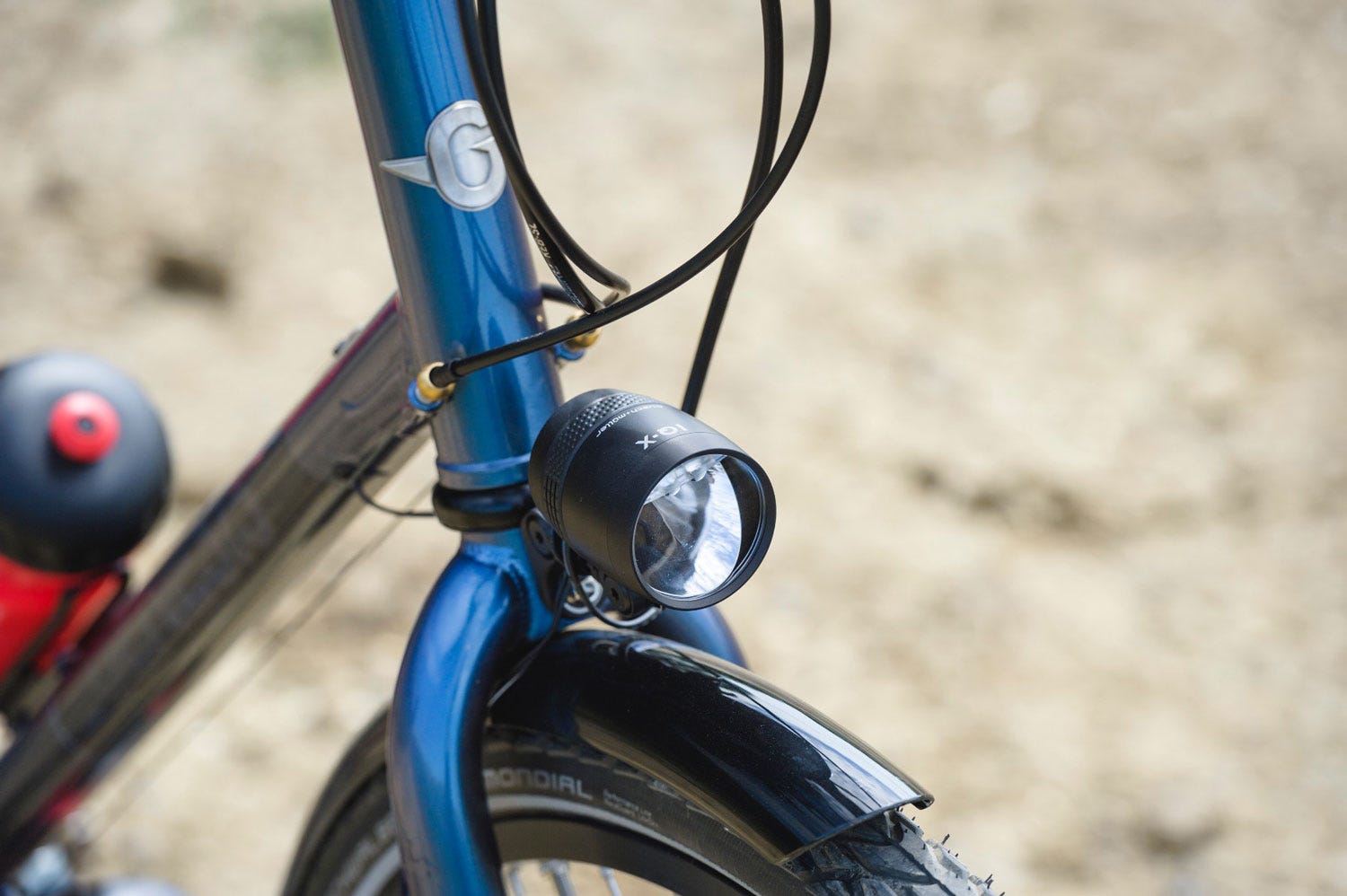
Do your research
Spendingtime researching your commuter bikechoices is half of the fun when it comes to buying a new bike. Pitting bikes against one another will help you to find the one that’s most suited to your riding style. It’ll also help you to decide which features and components you want on your bike, and which ones you don’t.
The more time you spend deliberating, the more informed a decision you’re goingto make. Finding the ideal commuter bikedoesn’t happen overnight, but with this extensive buyer’s guide at your disposal, it won’t be long now until you discover your perfect bike. Happy riding.
Be sure to take a look at our wide range of urban and commuter bikes. There’s definitely one there with your name on!
